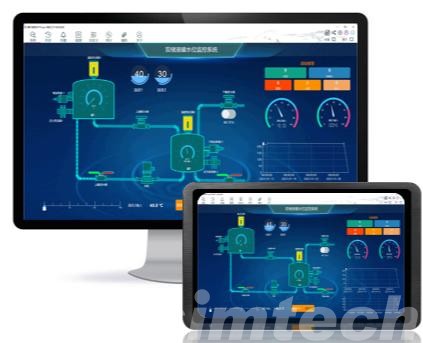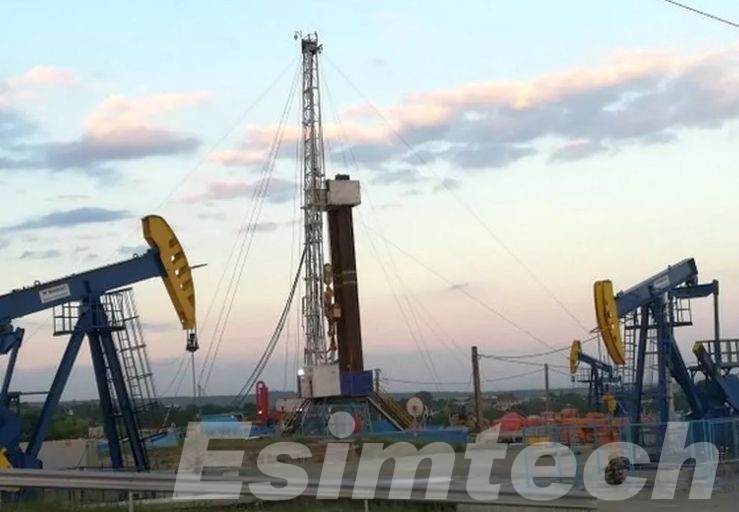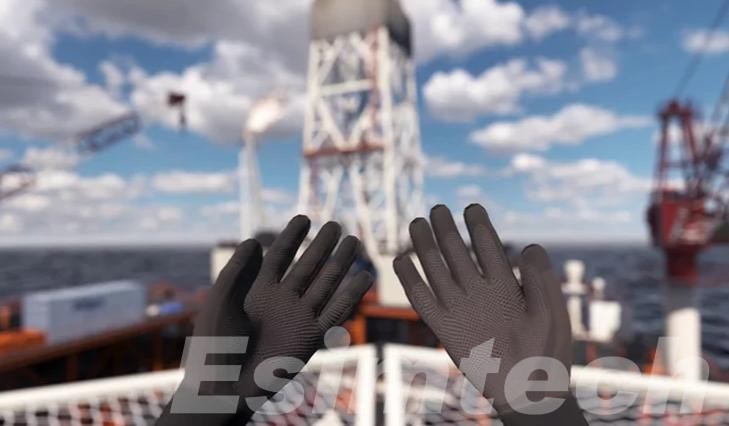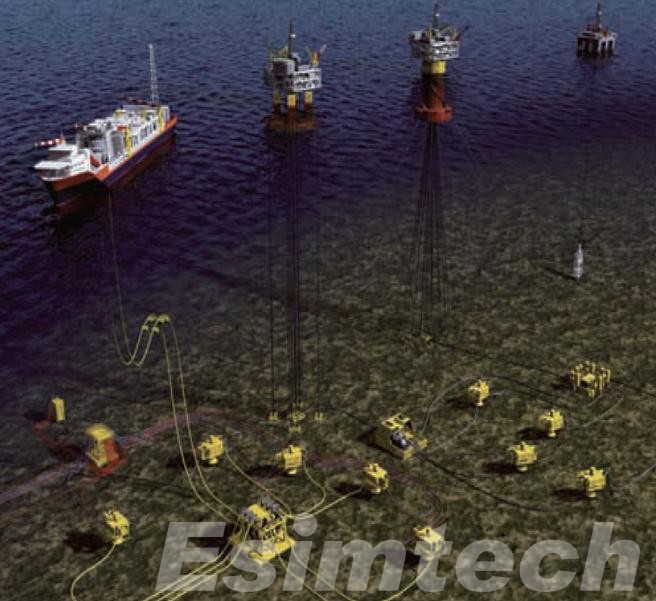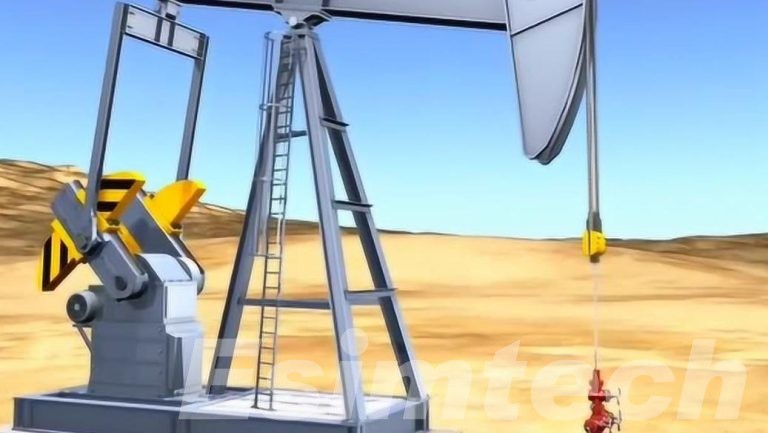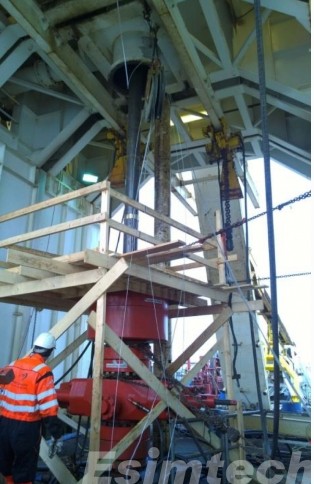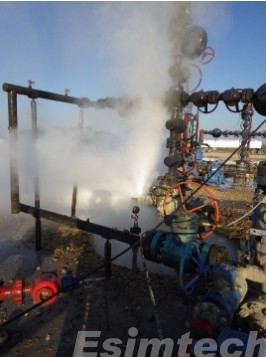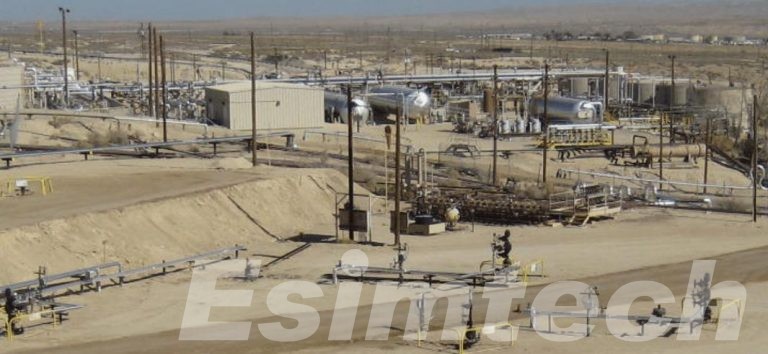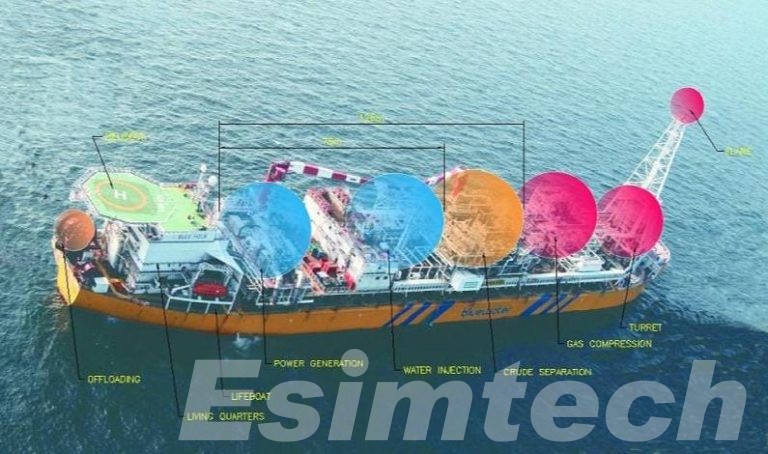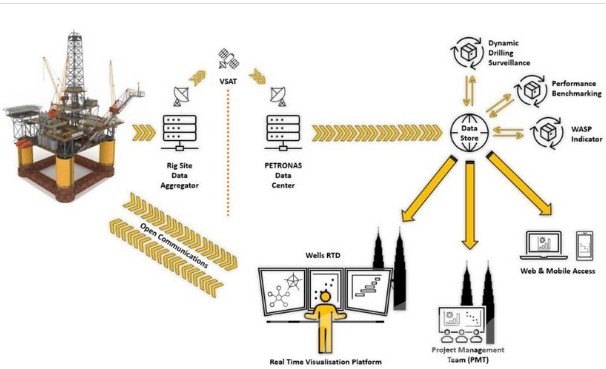How to Optimize Costs and Efficiency in Well Completion
Well completion is a critical process in oil and gas production, directly impacting operational performance and overall project economics. Effective well completion not only ensures maximum resource recovery but also reduces costs and enhances operational efficiency. With advancements in technology and innovative practices, operators can achieve significant improvements in cost-effectiveness without compromising operational integrity. Key Factors Influencing Costs…

